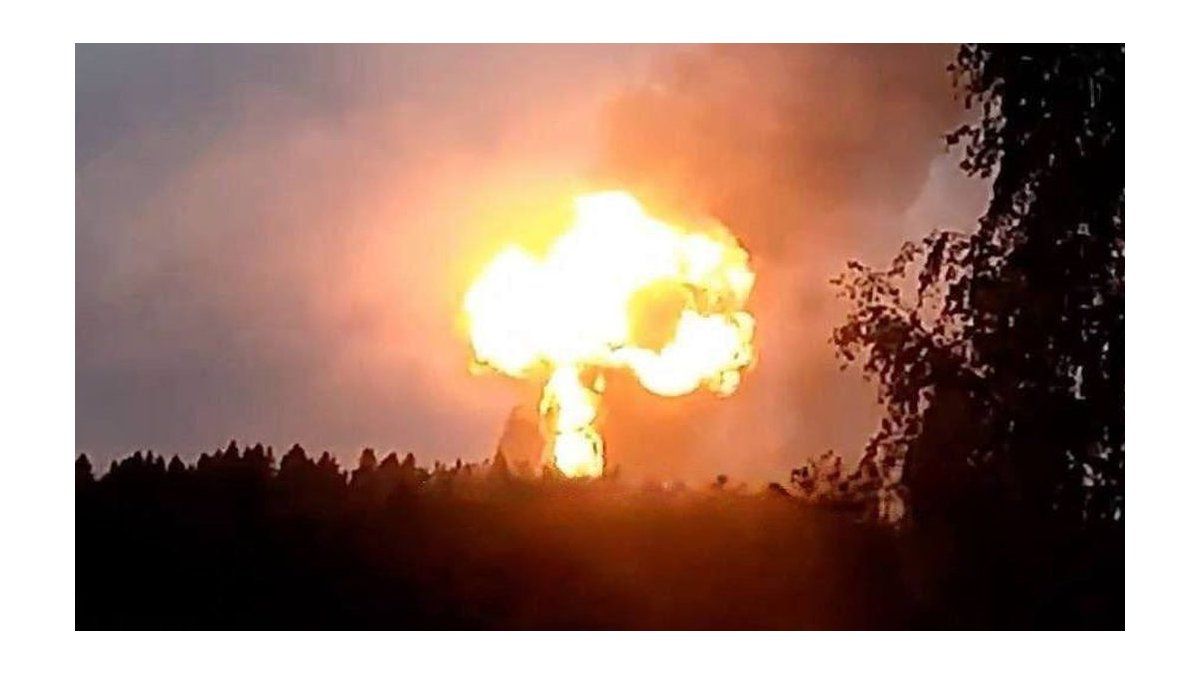The EU’s climate package triggers different reactions from Austria. “At first glance, the package presented is good and ambitious – and that is what we need to achieve our goals,” said Climate Protection Minister Leonore Gewessler (Grne). She promised that it would be implemented quickly. Above all, Austria will focus on social justice. A uniform changeover date to clean cars is “very gratifying”. An end to the tax privilege for kerosene is also a good sign for more climate protection, according to Gewessler. The ministry plans to examine further measures in the coming days. European Minister Karoline Edtstadler (VP) emphasized that there was no time to lose. “The proposals to reduce emissions by 55 percent by 2030 must now be carefully examined. At the same time, we must ensure that our companies and industries remain competitive.”
The EU climate package is pointing in the right direction, said SP MEP Andreas Schieder. It is clear that transport and heating costs must be affordable in the future. The FP warned of massive burdens for the citizens. “You are now being presented with the hefty bill that Commission head Ursula von der Leyen absolutely wants to play a global pioneering role, even though the EU is only responsible for around ten percent of global greenhouse gases,” said FP delegation head Harald Vilimsky. Neos MEP Claudia Gamon said the announced ban on internal combustion engines was just an acknowledgment of reality.
Environmental protection organizations consider the package to be inadequate. It remains “toothless on too many points,” said Johannes Wahlmller, climate and energy spokesman for Global 2000. “Completely inadequate and much too late,” said Jasmin Duregger from Greenpeace Austria. “They leave back doors open and do not guarantee the bitterly necessary, rapid decline in climate-damaging emissions.” Good approaches, “but still far too little overall,” said WWF climate spokesman Karl Schellmann.
“There is no question that emissions have to be reduced – and that road traffic will make its contribution,” says Bernhard Wiesinger, head of the AMTC interest group: “With e-mobility alone, that will not be enough.”
more on the subject

“Climate protection not only in Europe”
There are ambivalent reactions from the Austrian economy to the EU climate protection package. The industry basically supports the EU’s goal of becoming climate neutral in the long term, said Georg Knill, President of the Federation of Industry. However, as long as there are no more equal competitive conditions, in addition to the higher EU greenhouse gas target for 2030, “sufficient protection against migration and relocation and the avoidance of additional burdens for key industries” must be ensured. Similar to the President of the Chamber of Commerce Harald Mahrer: “Climate change does not stop at the EU borders. Therefore, climate protection must not do it either. “The chairman of the industry division in Upper Austria, Erich Frommwald, said:” The level of ambition is unique worldwide. “
The Chamber of Labor and the trade union opposed the inclusion of heating and fuel in emissions trading. “With the implementation of the climate targets by 2030 and 2050, the economic system, both production and consumption, will change fundamentally,” said GB boss Wolfgang Katzian. Decisive questions still lie with the member states, here the AK and GB would have liked more courage on the part of the Commission. In the case of social compensation measures, there are only recommendations from the Commission.
For the spokesman for all domestic energy companies, Michael Strugl, the course has been set for the restructuring of the energy system. He called for a European approach to CO2 pricing. “The burden sharing between the states should not only be determined on the basis of GDP, but also with regard to the lowest CO2 avoidance costs.” There are ambivalent reactions from the Austrian economy to the EU climate protection package. The industry basically supports the EU’s goal of becoming climate neutral in the long term, said Georg Knill, President of the Federation of Industry. However, as long as there are no more equal competitive conditions, in addition to the higher EU greenhouse gas target for 2030, “sufficient protection against migration and relocation and the avoidance of additional burdens for key industries” must be ensured. Similar to the President of the Chamber of Commerce Harald Mahrer: “Climate change does not stop at the EU borders. Therefore, climate protection must not do it either. “The chairman of the industry division in Upper Austria, Erich Frommwald, said:” The level of ambition is unique worldwide. “
The Chamber of Labor and the trade union opposed the inclusion of heating and fuel in emissions trading. “With the implementation of the climate targets by 2030 and 2050, the economic system, both production and consumption, will change fundamentally,” said GB boss Wolfgang Katzian. Decisive questions still lie with the member states, here the AK and GB would have liked more courage on the part of the Commission. In the case of social compensation measures, there are only recommendations from the Commission.
For the spokesman for all domestic energy companies, Michael Strugl, the course has been set for the restructuring of the energy system. He called for a European approach to CO2 pricing. “The burden sharing between the states should not only be determined on the basis of GDP, but also with regard to the lowest CO2 avoidance costs.”
This interactive graphic is deactivated
Please activate the category Targeting Cookies in your cookie settings to display this element. My cookie settings
How Austria is doing
Austria must significantly increase its efforts. In the non-emissions trading (ETS) area, it is intended to reduce CO2 emissions by 48 percent by 2030 compared to 2005, according to the EU climate plan, which was presented on Wednesday.
Austria is so far humid. According to the European Environment Agency, greenhouse gas emissions hardly changed between 1990 and 2018, while other countries reduced emissions (EU-wide minus 30 percent, Germany minus 40 percent). The biggest factor in Austria is traffic: since 1990 there has been an increase in greenhouse gases of 74 percent.
With the new proposal by the EU Commission to reduce emissions in the non-ETS area by 48 percent, Austria is above the EU average of 40 percent. So far the goal for Austria has been 36 percent. According to the EU, Sweden, Luxembourg, Germany, Finland and Denmark should deliver 50 percent. At the lower end of the scale are Bulgaria (minus ten percent), Romania (12.7) and Croatia (16.7). Basically, the EU applies the principle: the more prosperous a country, the more CO2 it should reduce.




